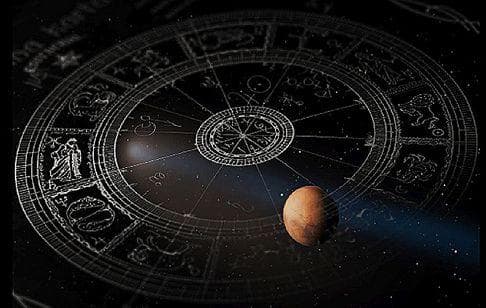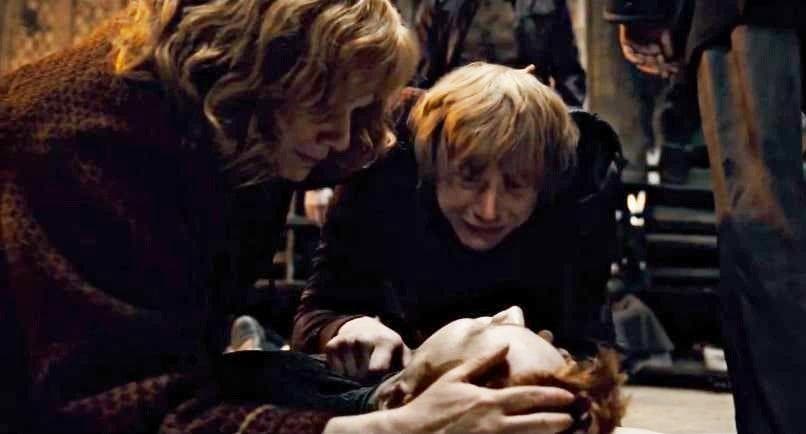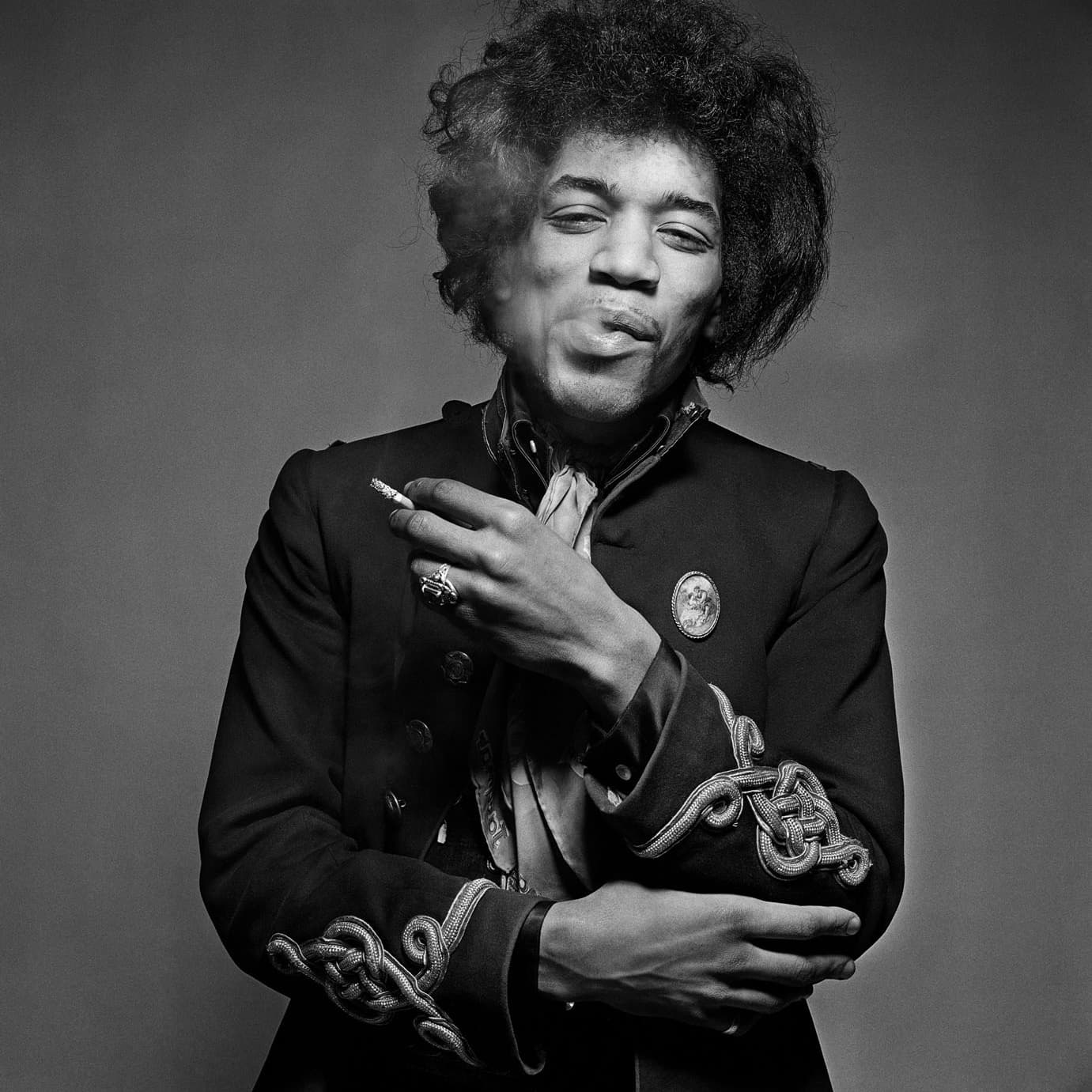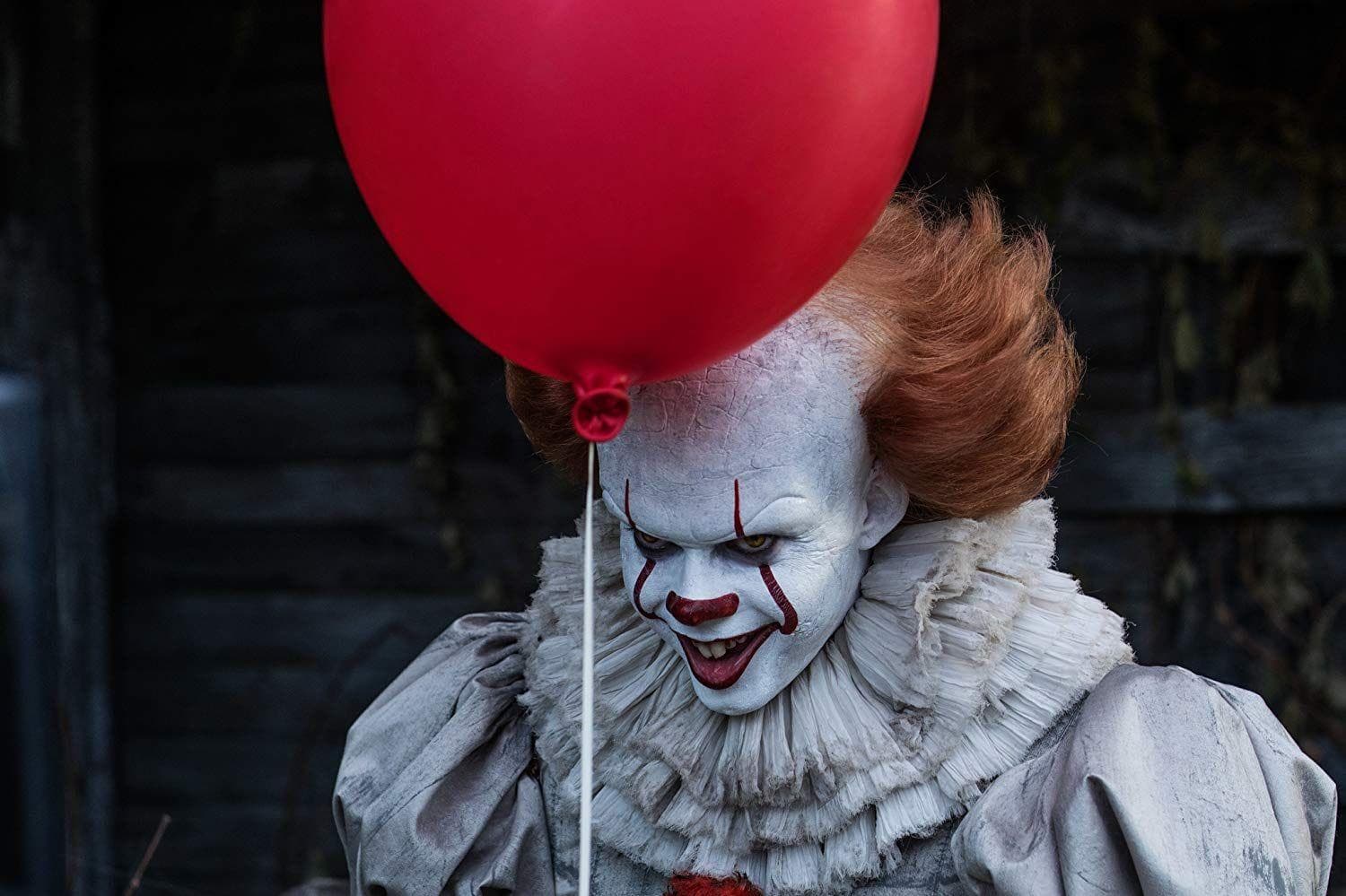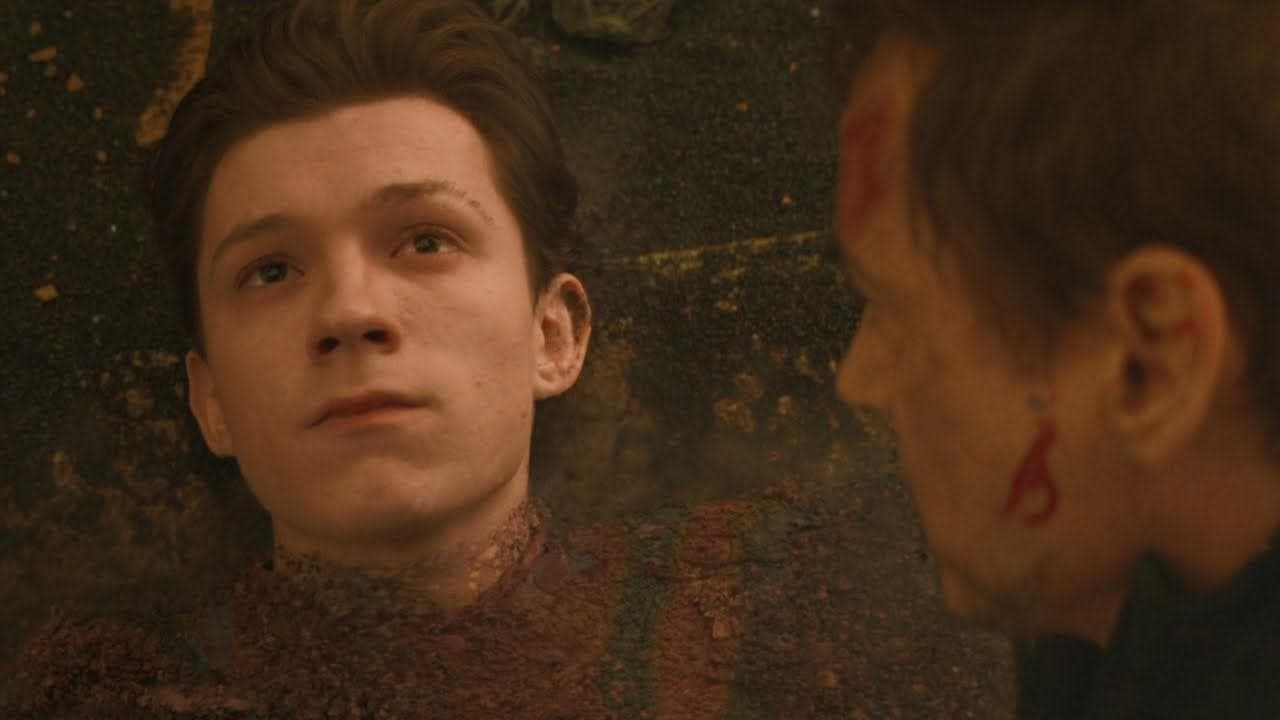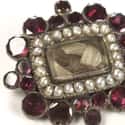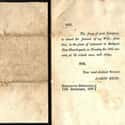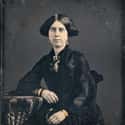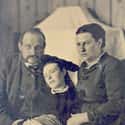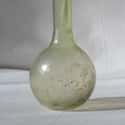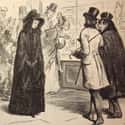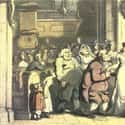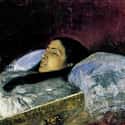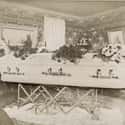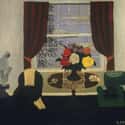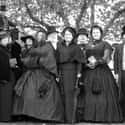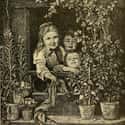-
(#1) Jewelry Was Made From The Hair Of The Dead
When it came to memorializing the dead, the Victorians were not afraid to do things that would be considered a little... unconventional by today's standards. Commemorating the dead was so popular during the Victorian Era, in fact, that portions of the deceased's hair would be clipped off and turned into brooches, lockets and wreaths. If a family wasn't particularly crafty or were too sad to create these things themselves, they could send the hair off to an artisan who would do it for them. And, in the end, human hair brooches aren't really that strange considering that this was a society that made fans out of preserved birds, contorted taxidermied cats into human poses for photographs, unwrapped mummies for fun, and made public visits to the morgue.
-
(#2) People Sent Out Fancy Funeral Invitations
Just like today, death notices and obituaries were published in newspapers during the Victorian Era. However, the Victorians didn't just stop there. In some cases, funeral invitations were sent out to close friends and family. This was usually done if those loved ones lived out of town and did not see the notice in the paper. The invitations were written on black-bordered stationary and sent in matching envelopes. At one point, people even petitioned the U.S. postal service to create a special "mourning stamp" for these purposes, as the usual stamps were printed in cheerful colors.
-
(#3) Widows Had To Be In Mourning For 2-3 Years
For the morally upright and respectable Victorian widow, there existed three distinct mourning stages, which all had to be observed before a widow could move on with her life. The first, called "deep mourning," required a widow to wear a black dress and veil (known as widow's weeds) for a year and a day after her husband's death. The next period, called "second mourning," lasted for 9-12 additional months. During this time, she could take off the veil, but still had to primarily wear black. The third and final stage, "half mourning," lasted for six months. Women in this period of mourning could wear colored clothing with black accents, but nothing too gaudy.
-
(#4) The Living Posed For Pictures With The Dead
Photography was developed during the mid-1800s, so it was still relatively expensive during the Victorian period. In many cases, people could not afford happy family portraits like they can today. So, when the opportunity for a photograph arose, you had to make the most of it by creating a lasting image of something truly significant in your life. One method of maximizing a photo op was to save it to take a picture with a deceased loved one to commemorate them forever. When a loved one died, family members would come up with the money have a picture taken with the deceased. This would often be the only photo that existed of their now fractured family.
-
(#5) Bakeries Sold Special "Mourning" Biscuits
After the funeral, a formal lunch or dinner would be served for the mourners. Those who couldn't attend the meal were given a special funeral biscuit or cookie. These spiced, buttery snacks were wrapped in paper with sad poems, information about the deceased, Bible verses, or prayers on them, and they were tied closed with a black ribbon. The paper was intended to be kept as a funeral souvenir, similar to the prayer cards of today.
-
(#6) Mirrors And Portraits Had To Be Covered In Black Cloth
One of the stranger Victorian death customs involved covering all of the mirrors, portraits, and shiny objects (like vases) in the house with black crepe fabric. This was a necessary posthumous practice for a number of reasons. For one, covering all shiny things with black fabric effectively put the house into mourning because shiny things - in all of their inappropriate shininess - were an insult to the family in mourning. On top of that, the Victorians believed that the dead could appear in mirrors, get trapped there, and beckon other family members to follow them into the afterlife. So, covering them up to prevent that possibility was a pretty necessary step.
-
(#7) Mourners Cried Into Tear Vials At Funerals
Tear vials (or "lachrymatories," from the word lachrymose) are one of the more over-the-top practices from Victorian mourning traditions. As their name states, they are literally small glass vials with rubber or cork stoppers used for catching the tears of mourners during services for the deceased. During the wake and the funeral, mourners would hold the vials up to their faces in order to catch their tears. After the service, these vials would be presented to the family of the deceased, as a way to prove how much that person would be missed. Tear vials were also really handy in helping a mourning family decide how long an appropriate morning period should be - once the tears in the vials were all dried up, mourning could cease.
-
(#8) Mourning Instruction Manuals Were A Must Have
Luckily for those fastidious and respectable Victorian mourners, a person didn't have to commit all of the rules of mourning to memory - there were specially published mourning manuals that would outline all the rules for you! One of the many effects of the Industrial Revolution on Victorian society was the advent of industries specifically created around mourning customs. As part of this, books were published and distributed that contained details about how to properly mourn. These books contained sections on clothing, manners, foods, and behavior, among others.
-
(#9) Widowers' New Wives Had To Go Straight Into Mourning
Unlike widows, a widower (that is, a man who lost his wife) could remarry at any time during the mourning process. If he had young children and no adult women in the family, someone had to take care of the children, so he would choose a new wife. On his wedding day, the widower/groom did not have to wear his mourning outfit of a black suit and hat. However, he had to put them on the very next day - and his new wife had to go into mourning as well, until the customary period ended.
-
(#10) The Deceased Could Not Be Transported Head First
Whether the deceased was on his way to the funeral home for embalming, or off to the church for the funeral ceremony, he could not be removed from the home head first. Instead, it was essential that he go out feet first. The Victorians believed that if the dead were removed head first, they would use the opportunity to beckon to family members, insisting one of their relatives follow them in death.
-
(#11) The Dead Were Put On Display In Their Own Parlors
Although funeral homes existed during the Victorian period, they were mainly places where a body was embalmed, not the all-you-can-death service parlors that exist today. Services weren't yet held in them. Instead, the deceased's body was placed in a casket and then displayed in the parlor of his or her home. Friends, neighbors, and relatives would visit to say goodbye and to comfort grieving loved ones, and some combination of people would be with the body, holding vigil, 24/7 until it was interred.
-
(#12) Flowers Were Used To Mask The Smell Of The Dead
Embalming had been around for centuries - consider the Ancient Egyptian mummification process - but truly effective, modern embalming had not yet been perfected by the Victorian Era. In fact, they were still using arsenic as a preservative at that point. As a result, fresh flowers were needed around the body at all times in order to mask the pungent aroma of a body decomposing in the living room of its former home. There were no air conditioners at the time, so a summer-time wake was in special need of the aromatic service that flowers provided. Although flowers continue to be associated with funerals as a token of respect, they no longer serve the dual purpose of the Victorian period.
-
(#13) A Dead Body Couldn't Be Left Alone In The House
Victorian customs dictated that someone had to sit alongside the body of the deceased the entire time that he or she was laid out in the home. There are many reasons for this, including the idea that it comforted the dead and helped them better transition to the afterlife. More practical ideas for this constant vigil involved the need to keep rodents away from the body, to be near just in case the deceased wasn't truly dead, and to greet anyone who traveled a long way to pay their respects, arriving at an odd hour.
-
(#14) Children Had To Observe Strict Mourning
Mourning rituals weren't just for adults to follow. Children had to wear mourning clothing and follow a certain set of behaviors, as well. If the child was under the age of 12, he or she could wear regular clothing but had to include a black (during the winter months) or gray (during the spring and summer) armband and matching clothing accents. Children over the age of 12 wore standard mourning clothing that was the same as the adults'.
New Random Displays Display All By Ranking
About This Tool
In 1861, the death of Prince Albert, Queen Victoria's dear husband, shocked the entire world. His death caused Queen Victoria to fall into great grief and even changed social traditions. England and many other places adopted unusual funeral customs that lasted throughout most of the 19th century, all of which were influenced by Queen Victoria. She began to wear black clothes and announced that she was no longer married. For the British, this mourning way is tragic and romantic, they began to appreciate it.
The mourning for death has become ingrained, the objects used for mourning come in various forms, which is also part of the culture. People in the Victorian era surrounded the deceased with luxurious objects. The random tool introduced 14 details about bizarre ways of mourning death in Victorian England.
Our data comes from Ranker, If you want to participate in the ranking of items displayed on this page, please click here.

